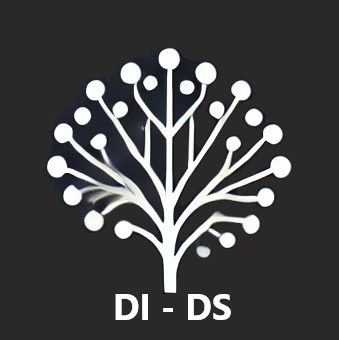Agriculture
-
Crop Monitoring and Disease Detection
Precision Agriculture: ML algorithms analyze real-time data from drones, satellites, and ground-based sensors to monitor crop health, detect nutrient deficiencies, and identify stress factors such as pests or disease outbreaks. For instance, image recognition techniques can analyze leaf color changes or patterns to identify diseases early, allowing for timely intervention.
Pest Control: By analyzing environmental data and historical trends, ML models predict pest behavior, helping farmers apply preventive measures. This reduces the need for widespread pesticide use and minimizes crop loss. -
Yield Prediction
Predictive Analytics: Machine learning models can analyze past yield data, soil properties, weather conditions, and farming practices to forecast crop yields with high accuracy. Farmers can adjust their practices based on these predictions to maximize output and profitability.
Risk Management: Predictive models help farmers anticipate low yield periods, enabling better decision-making in terms of planting schedules, resource allocation, and insurance purchases. This reduces financial risk by preparing for fluctuating yields.
-
Automated Machinery and Robotics
Autonomous Farming Equipment: ML powers self-driving tractors, harvesters, and other machinery that can perform tasks such as planting, weeding, and harvesting with minimal human intervention. These machines use sensor data and GPS to navigate fields efficiently, improving productivity and reducing labor costs.
Robotic Harvesting: ML-based vision systems enable robots to identify ripe crops and harvest them with precision. This reduces labor dependency and increases the efficiency of the harvesting process, especially for crops like fruits and vegetables that require delicate handling.
-
Livestock Monitoring and Health Management
Animal Health Monitoring: ML models use sensors and wearable devices to monitor livestock behavior, health, and productivity in real time. For example, ML algorithms can detect early signs of illness in dairy cows by analyzing movement patterns or milk output, allowing farmers to provide timely treatment.
Breeding Optimization: Machine learning can analyze genetic data to recommend optimal breeding pairs for livestock, improving traits such as milk production, meat quality, and disease resistance.
